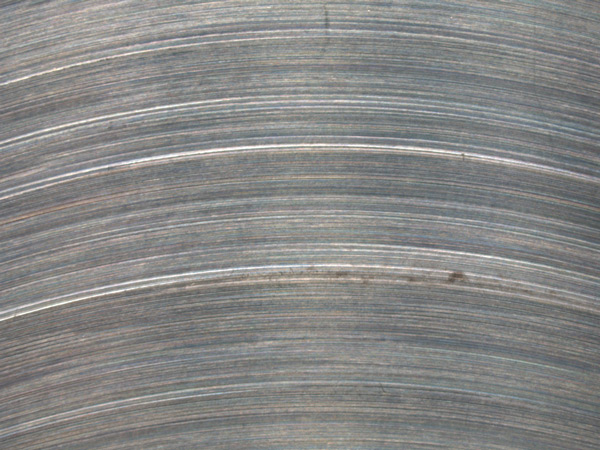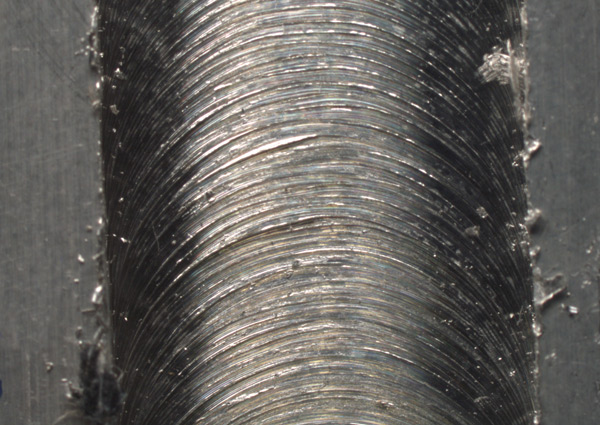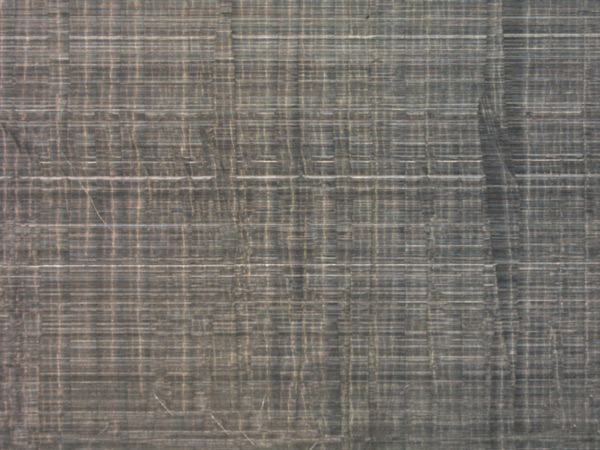Home | Glossary | Resources | Help | Contact Us | Course Map
Archival Notice
This is an archive page that is no longer being updated. It may contain outdated information and links may no longer function as originally intended.
Milling
Milling involves the use of rotating multitoothed cutters moved into the workpiece, allowing for a wide variety of cutting operations.
The three main categories of milling are as follows:
- Face milling - the surface of the workpiece is parallel to the cutter face located at the end of a spindle or shaft. The cutters are located on the face and edge of the rotating cutter.
- Peripheral milling (slab milling) - the surface being machined is parallel to the (often helical) cutting teeth in the periphery of the tool. >
- End milling - fluted cutting edges are arranged on the circumference and end of a rotating shaft that is vertical to the workpiece. The cutting teeth are found on the end of the cutter and the circumference of the cutter body.
See the YouTube Terms of Service and Google Privacy Policy
See the YouTube Terms of Service and Google Privacy Policy
Milling tools may be used in two distinct methods that are defined by how the workpiece is fed into the cutting edges:
- Conventional or up-milling - the workpiece is fed against the rotating cutting teeth.
- Climb or down-milling - the workpiece is fed in the same direction as the rotating cutter, producing a finer finish and an extended tool life.
See the YouTube Terms of Service and Google Privacy Policy
Additional Online Courses
- What Every First Responding Officer Should Know About DNA Evidence
- Collecting DNA Evidence at Property Crime Scenes
- DNA – A Prosecutor’s Practice Notebook
- Crime Scene and DNA Basics
- Laboratory Safety Programs
- DNA Amplification
- Population Genetics and Statistics
- Non-STR DNA Markers: SNPs, Y-STRs, LCN and mtDNA
- Firearms Examiner Training
- Forensic DNA Education for Law Enforcement Decisionmakers
- What Every Investigator and Evidence Technician Should Know About DNA Evidence
- Principles of Forensic DNA for Officers of the Court
- Law 101: Legal Guide for the Forensic Expert
- Laboratory Orientation and Testing of Body Fluids and Tissues
- DNA Extraction and Quantitation
- STR Data Analysis and Interpretation
- Communication Skills, Report Writing, and Courtroom Testimony
- Español for Law Enforcement
- Amplified DNA Product Separation for Forensic Analysts




